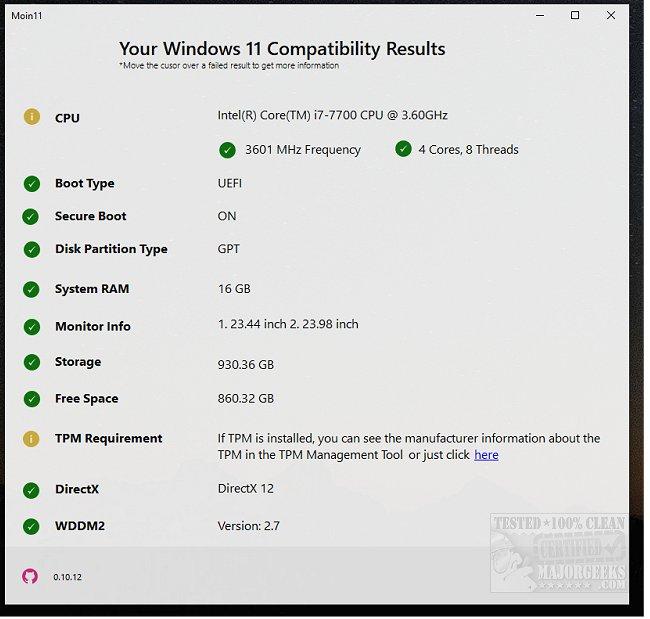

I did an extensive article on that which you can find here.

If you would be looking to do a fresh install or dual boot, the original workaround still works for the 22H2 version. If you prefer classic text, you can just follow the rest of this article: For the upgrade from Windows 10 to Windows 11 22H2: If you are interested, I also created a YouTube video from this blogpost. In this article I will describe alternative and how to still upgrade Windows 11 22H2 on unsupported hardware, either running already on Windows 11 or from Windows 10. The original method to upgrade from Windows 10 to 11 on unsupported hardware is no longer working and also on Windows 11 installations that used any of the workarounds to overcome the hardware check, the 22H2 update will most likely not be offered through Windows update. The 22H2 update seems to change some things that could prevent to work around the hardware checks. Like the need for a fairly recent CPU, TPM 2.0 and secure boot. With the introduction of Windows 11 also came some restrictions on supported hardware. This update has some new features and bugfixes. Then copy and paste the following command and hit Enter.Since a few weeks, Microsoft has released their 22H2 update. Hit the Windows key and type: cmd and launch the Command Prompt as Administrator. You can use the Command Prompt to look for TPM, too. Once Device Manager opens, scroll down and click on “ Security Device” to expand the menu and see if any TPM entries exist. And keep in mind that you can create a desktop shortcut to Device Manager if you use it often. Right-click the Start button and then click Device Manager from the so-called “Power User Menu.” You can also type: devmgmt.msc into the Search box and open it from the result at the top. Use Device ManagerĪnother way you can find out about TPM on your system is by using Device Manager. Once you have the data, you can close out of the console. That means my CPU is good to go for running Windows 11. In my example below, the status is: “The TPM is ready to use.” And the Manufacturer info is version 2.0. Here you want to look for Status and TPM Manufacturer Information. Next, The Trusted Platform Module (TPM) utility will launch. Then type : tpm.msc and hit Enter or click OK. First, use the keyboard shortcut Windows Key + R to bring up the Run dialog.


 0 kommentar(er)
0 kommentar(er)
